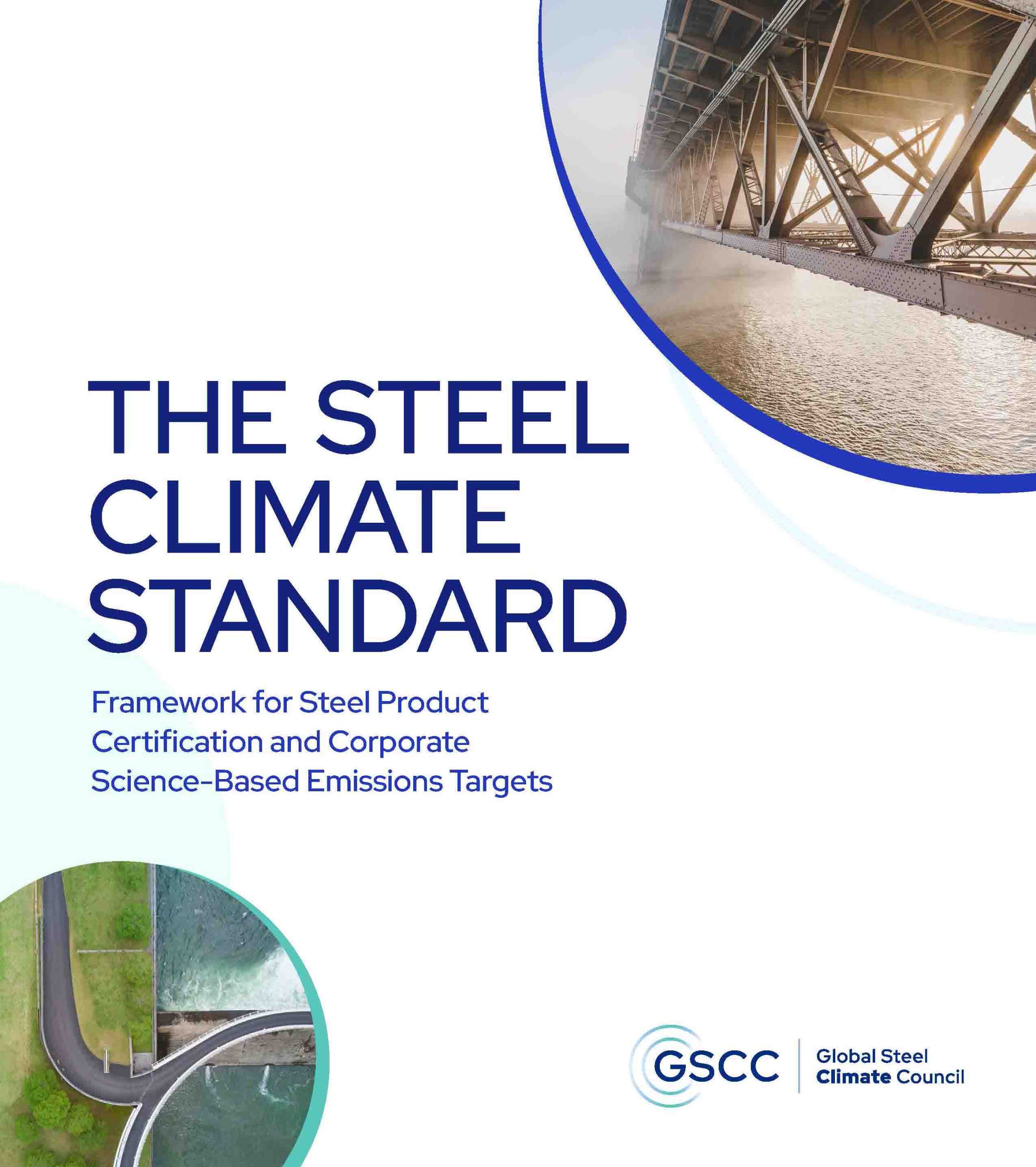Council opens Steel Climate Standard draft to comments
Sources: Global Steel Climate Council, Washington, D.C.
The Global Steel Climate Council (GSCC) invites comments through May 17 on The Steel Climate Standard – Framework for Steel Product Certification and Corporate Science-Based Emissions Targets, posted in draft form here. The standard focuses on reducing greenhouse gas (GHG) emissions from the global steel industry in line with the Paris Climate Agreement goal to achieve a 1.5°C scenario. It offers a single, technology-agnostic protocol that would apply to all steel producers equally on a global basis and enable customers to know and compare the actual carbon emissions associated with steel products.

Customers or users, producers, policymakers and other steel production stakeholders can review and comment on the standard at the GSCC portal, https://globalsteelclimatecouncil.org.
“Steel companies and associations from around the world have come together to develop a standard that will enable our industry to reduce carbon emissions and encourage investments in lower emission technology as part of the global effort to decarbonize,” says GSCC Chair and Nucor Corp. Executive Vice President Greg Murphy.
“Steel is integral to the functioning of global economies, including clean energy infrastructure,” adds GSCC Board Member and Steel Dynamics Vice President, Environmental Sustainability Jeff Hansen. “The Steel Climate Standard is a simple and understandable benchmark for reducing our industry greenhouse gas emissions and provides a transparent means to make informed decisions.”
GSCC’s proposed standard is comprised of two main components: (1) product certification criteria that allows customers to know if the steel they are buying is on the glidepath to achieve Paris Climate Agreement goals; and, (2) a corporate-wide, science-based target-setting framework based on a 1.5°C glidepath. The GSCC standard would measure all key GHG pollutants from Scope 1, 2 and 3 emissions. Producers would have to report independent verification of their emissions and reduction targets. The standard’s product intensity goals for the steel industry are based on the International Energy Agency’s carbon budget for the iron and steel sector, which is aligned with the 1.5°C scenario for net zero emissions by 2050.
GSCC is one of several groups and companies advocating for a global standard. Some in the United States and Europe are promoting a standard that features a “ferrous scrap usage sliding scale” — hence, one standard for steel made from traditional production processes and another for steel made from circular processes. “Creating a dual standard would allow high-carbon emissions steel to be prioritized over lower-carbon steel. This is a form of greenwashing and serves to discourage innovation and allows high-carbon steelmakers to postpone making changes in their production process,” contends Phil Bell, president of the Steel Manufacturers Association, Washington, D.C.
“The GSCC standard offers a clear future for steel in a decarbonized economy and aims to achieve the lowest overall emissions from the sector by 2050,” affirms GSCC Board Member and CELSA Group Head of Public Affairs Franc Cardona.
Related articles
Council points G7 leaders to single, universal steel CO2 standard
Steelmakers delineate low vs. high CO2 emissions production methods